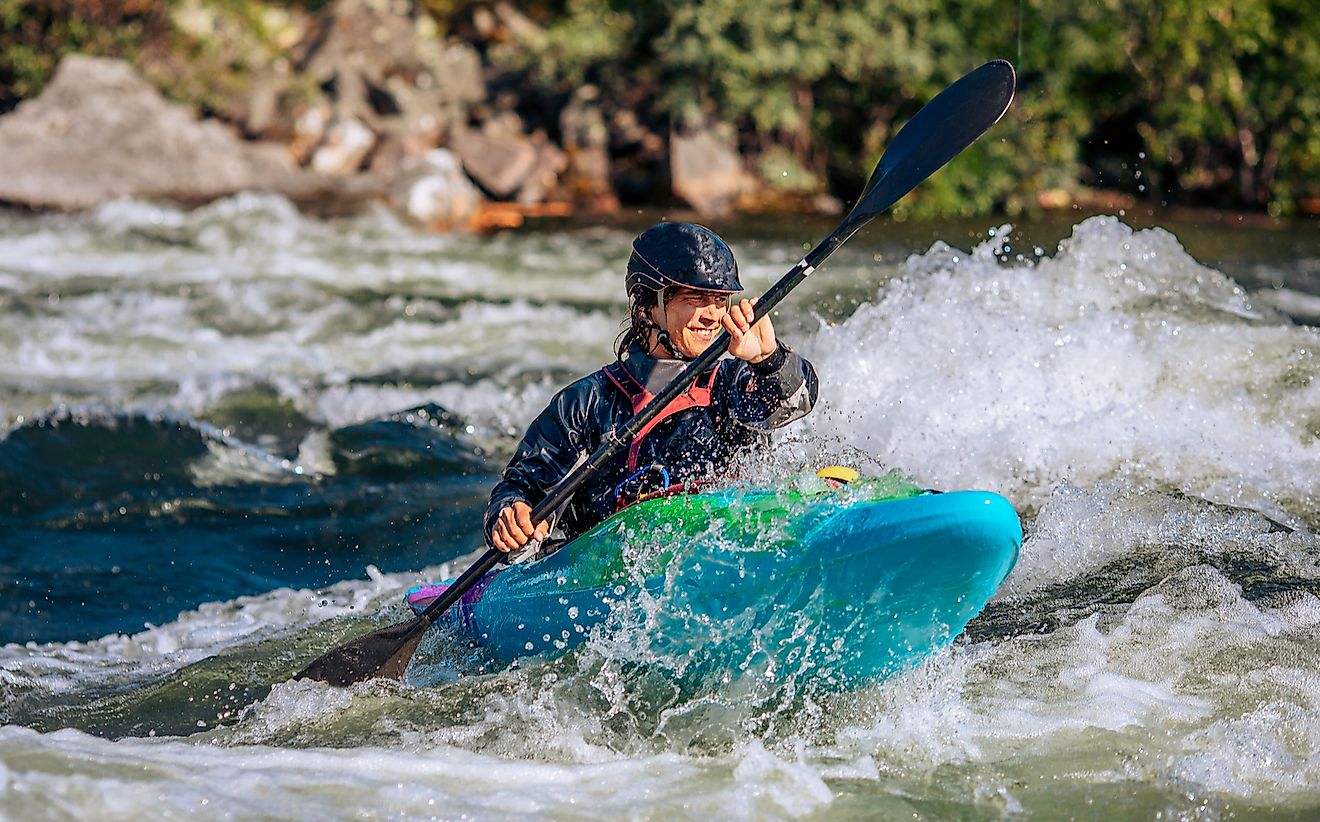What Is The International Scale of River Difficulty?

Rivers are different in nature and provide varying difficulties for paddlers or boat riders. It is, therefore, important to measure the rate of their difficulty. The international scale of river difficulty is a rating system which is designed to provide a benchmark for river users. The scale was created by America Whitewater Association to evaluate the rivers throughout the world. The scale should not be confused with the whitewater scale which is used by the Committee of International Canoe Federation. The grades on the International Scale of River Difficulty reflect the technical difficulty and the skill required to navigate a section of a river. The scale is important for various water sports and activities including rafting, canoeing, surfing, and water kayaking. The scales are used in most parts of the world, especially in countries with major rivers or rivers with the main activities such as sports, fishing, and transport. The rivers are grouped into six categories often called a Grade or Class followed by a number. The scales are neither fixed nor are they linear since there could be difficult grade twos and easy grade threes. The grades may change from time to time depending on the level of flow of the river. The rapids are given numerical grades and a plus or minus to indicate the difficulty level as either on the higher or lower end. Sections of the river may also be given an overall rating but may have sections above or below that grade always noted as features.
6. Class I Easy -
This category of Class I easy is characterized by fast flowing water with very few riffles and small waves. The rivers exhibit minimum impediment and less risk to swimmers. Examples of such rivers include Black River, Carp River, and Drag River. In this category the risk to swimmers is light and self rescue is easy.
5. Class II Novice -
Under this category of Class two Novice, the Rapids are straight forward with moderate difficulty characterized by small waves and some obstacles. The river can be maneuvered with a little difficulty. There are some few rocks with medium sized waves which can be avoided easily by the trained paddlers. Swimmers in are hardly injured, though group assistance is helpful it is hardly needed. Examples include Irvine River, Mississippi, Ottawa River, and Salmon River.
4. Class III Intermediate -
Class III Intermediate is characterized by rapid with moderate, irregular waves which may prove difficult to avoid. Powerful currents may also be found especially in the large-volume river. Examples include Head River, Crower River, and Moore’s Creek
3. Class IV Advanced -
Class IV advanced is characterized by intense, powerful rapids which are predictable and requires precise boat handling. Large and unavoidable waves and holes may characterize the river and may also constrict the passage. Examples of such rivers include Black River and Spencer Creek.
2. Class V Expert -
Class V advanced has rapids characterized by longer rapids with dangerous rocks and boiling eddies. The route is difficult to maneuver and may require precise and powerful canoes. Examples are Crower River and Petawawa River.
1. Class VI Extreme and Exploratory Rapids -
Class VI Extreme and Exploratory Rapids are unraftable Rapids because of the extreme difficulty and unpredictable dangers. Runs in this class are runs are hardly attempted because a slight error could be disastrous and rescue might be impossible. An example of Class VII is river Zambezi on the border of Zimbabwe and Zambia at Victoria Falls











